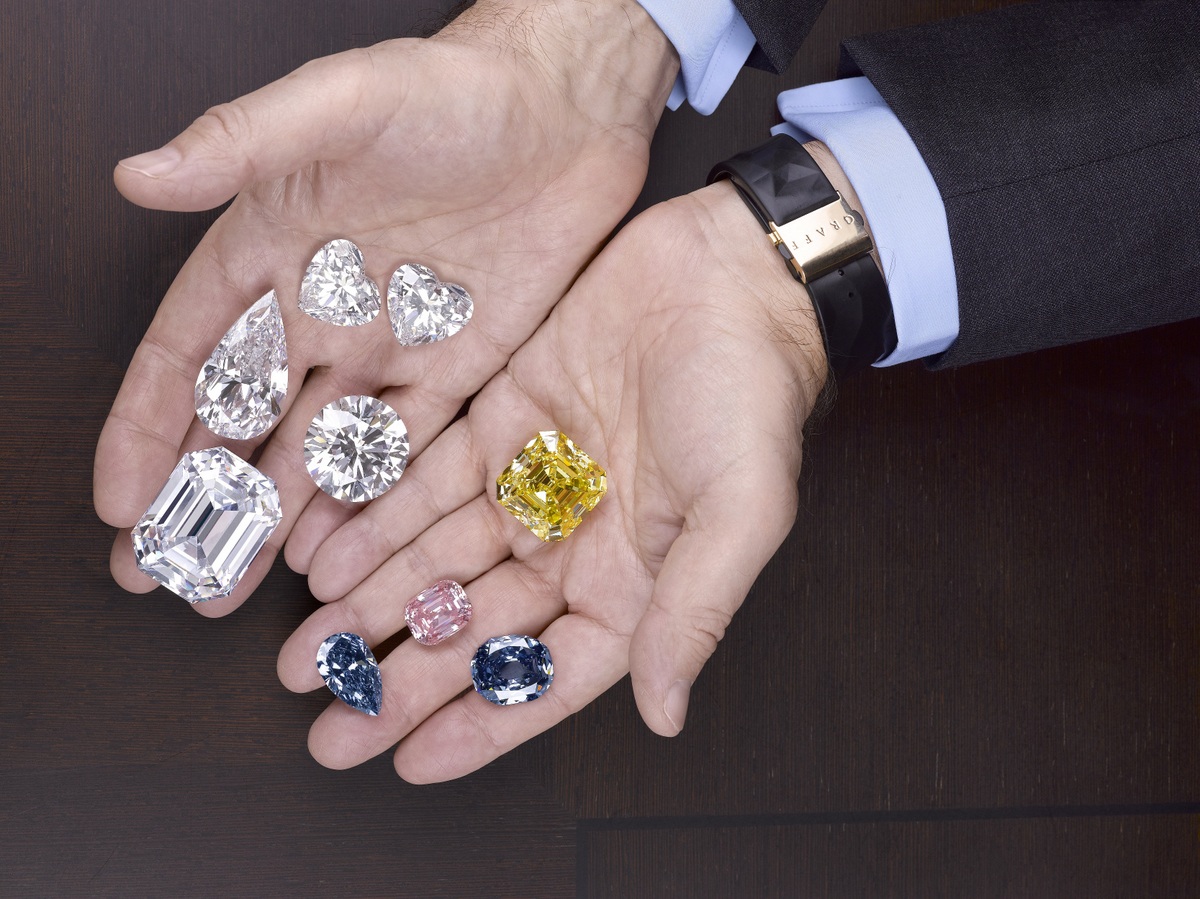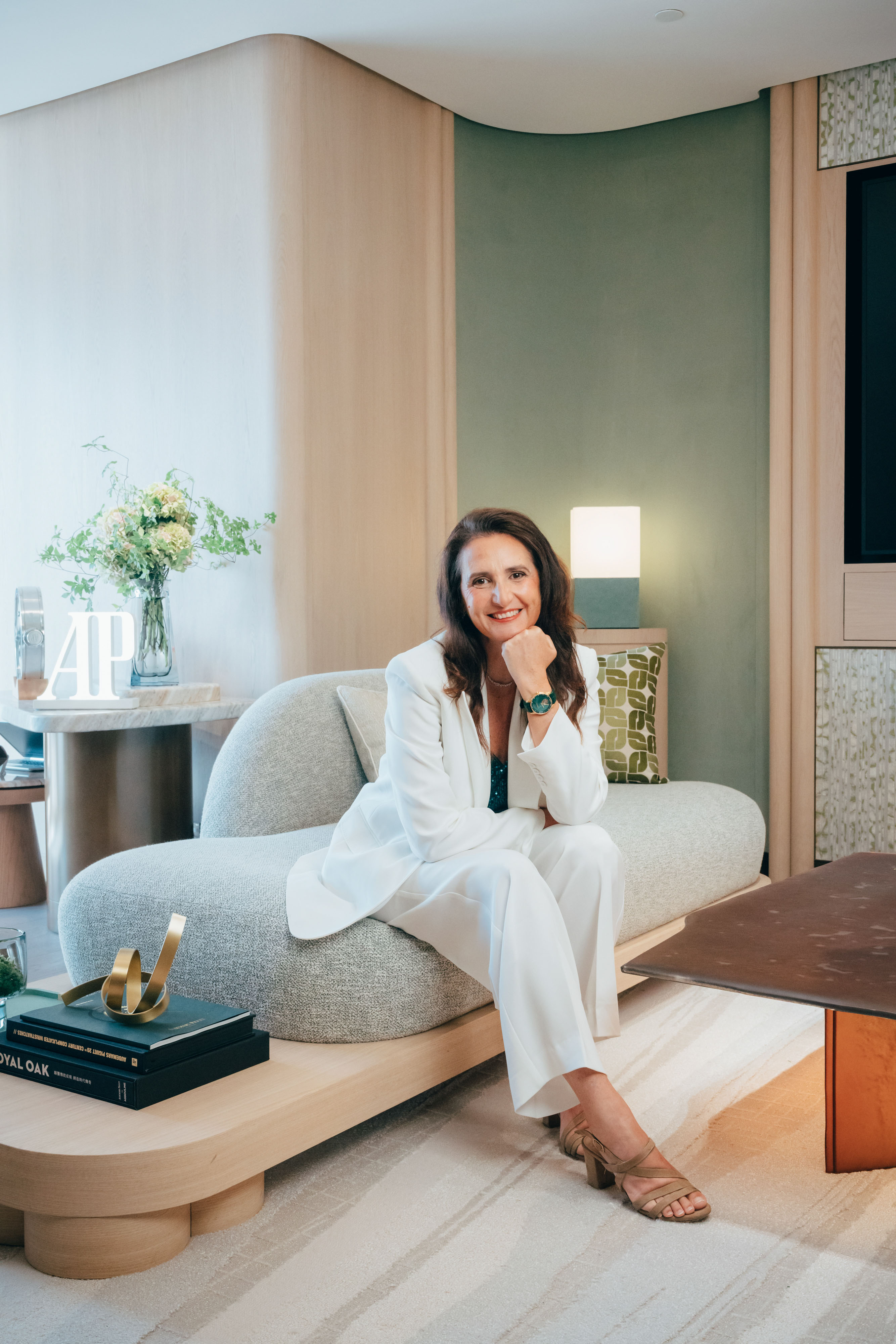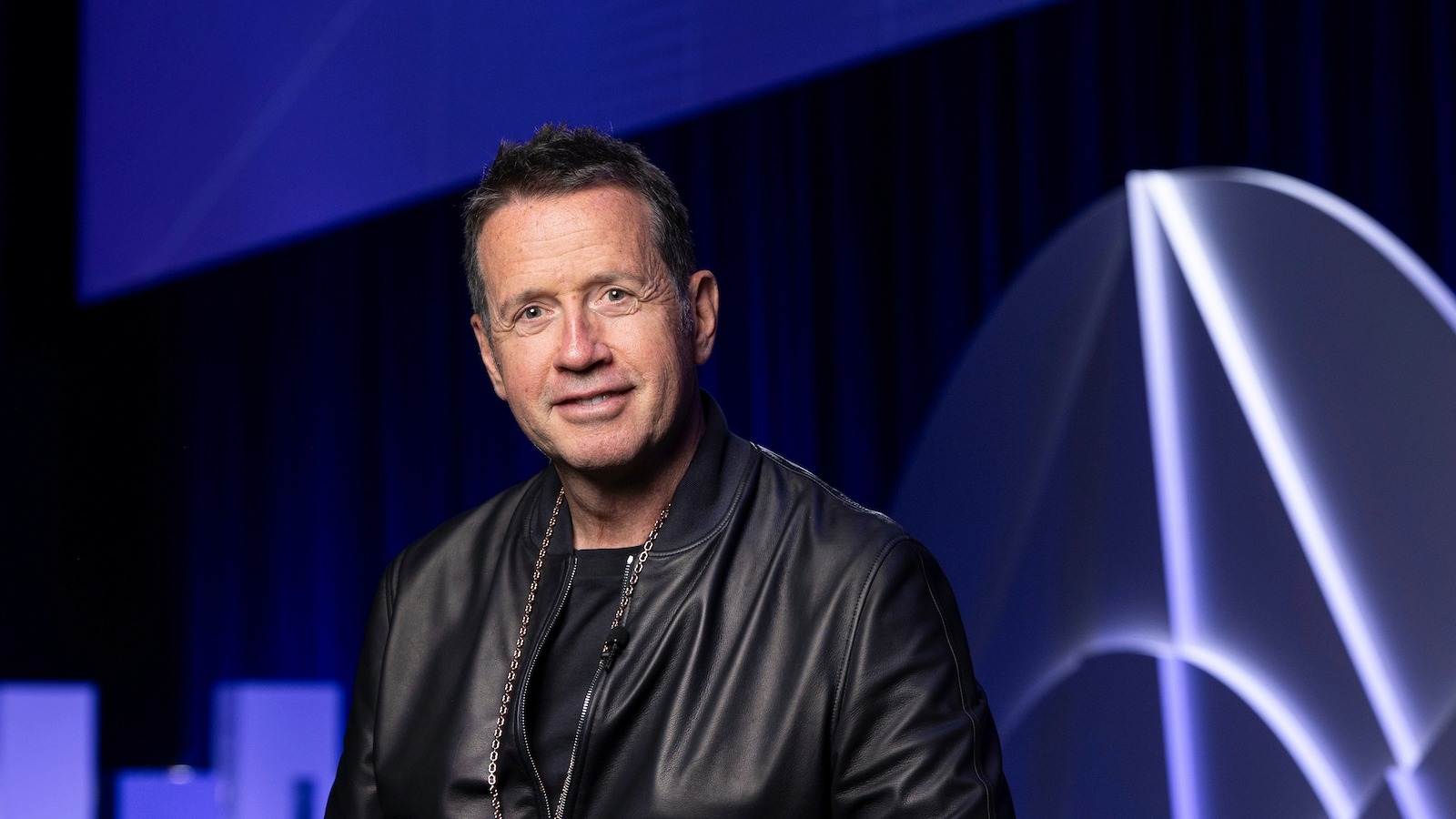“I chase the best,” explains Laurence Graff, “I have to be the best. That passion and drive means I never let something I want off the hook.”

“I chase the best,” explains Laurence Graff, “I have to be the best. That passion and drive means I never let something I want off the hook.”
To celebrate the release of the GRAFF Coffee Table Book, Luxury Society shares an exclusive extract by renowned jewellery authority Vivienne Becker.
‘I believe that you get a second chance. That things come around again,’ says Laurence Graff, as he shows me Francis Bacon’s portrait of Pope Pius VII, one of Bacon’s famous Pope series, hanging in the comfortable, effortlessly elegant library of his home in Switzerland. He had, he explains, turned down the painting some years earlier, thinking it “too dark”.
He realised he’d made a serious error of judgement, but with his uncanny knack of attracting – and seizing – opportunities and treasures, masterpieces of both art and gemstones, the painting came around on to the market again, and after some characteristically shrewd negotiation, he was able to add it to his stellar art collection.
“Things, and sometimes people, come back to me,” he muses. “Better to be lucky than unlucky. But maybe I make my luck.”
“ Better to be lucky than unlucky. But maybe I make my luck ”
Laurence Graff, jeweller, diamantaire, billionaire business magnate and world-renowned art collector, makes more luck than errors of judgement, and very few golden opportunities slip through his fingers. His story, as he tells it – totally devoid of introspection or self-importance – is punctuated with anecdotes, some modest and moving, as in the vivid memories of his childhood, others monumental in their significance to the diamond industry.
All are revealing, however, of Graff’s astonishing audacity and tenacity and of his extraordinary, unwavering, single-minded determination, quite simply, to be the best. Along with his masterful brand-building, he is immensely proud of his art collection – one of the finest of its kind in the world – and of his stature in the international art world. Art gives Graff a huge amount of pleasure and also, he says, relaxation and intellectual stimulation.

Laurence Graff holds a selection of the world’s most valuable gemstones
He sits on various boards of five museums and on the European advisory board of a leading auction house, while curators beat a path to his door to see the collection and to ask for loans. He is an astute art dealer, and hosts regular, sparkling dinners for auction houses, museum directors and curators at his exquisite art-filled home in Switzerland, where a powerful work by Basquiat takes up an entire wall.
Graff first started looking seriously at art in the early Seventies, usually when he went to auctions. Initially he was seduced by the Impressionists. Later, as his tastes evolved, he moved on to modern and contemporary art, focusing particularly on the Sixties, Seventies and Eighties. His superlative collection now comprises important works by Francis Bacon, Andy Warhol, Pablo Picasso, Alberto Giacometti, Jeff Koons and Jean-Michel Basquiat.
“ My ambitions have taken me into all sorts of precious things, but always on my own judgement ”
Graff has built his collection with the same passion that drives his buying of gemstones. “My ambitions have taken me into real estate, into art, into all sorts of precious things, but always on my own judgement.” As he talks about his choices, there’s that inimitable sparkle of shrewdness and daring backed by expertise, taste, and a superbly honed eye. “I chase the best. I have to be the best. That passion and drive means I never let something I want off the hook.”
Landmarks in the evolution of the House are almost too numerous to mention, but standouts have been the opening of the Knightsbridge flagship store in 1974, and a momentous move to impressive premises on Bond Street, in 1993. Then, explains Laurence’s son Francois Graff, the company’s CEO, there was a huge and ambitious programme of expansion which began in 1998, masterminded by father and son.

The entrance to the Graff store Hong Kong Central
“We both sat down together and came up with a plan for moving forward,” recalls Francois. “The opportunity to acquire Safdico went hand-in-hand with the decision we had arrived at to expand our retail operation dramatically.
“We realised it was going to get harder and harder to stock the business with the right diamonds, and while Safdico supported us in that way, at the same time an expanded retail network would support Safdico. A roll-out, we realised, would also strengthen brand awareness of Graff as a purveyor of treasure.”
The first boutique outside London opened in 2000 in Monte Carlo, followed by a flagship store on New York’s Madison Avenue a year later. The company has since grown at a phenomenal pace and today there are more than 50 stores around the world, with expansion continuing at a pace.
“ An ambitious programme of expansion began in 1998, masterminded by father and son ”
Each one of these – from the flagship location on Bond Street to Hong Kong’s Central store and the boutique on Paris’s hallowed Place Vendôme – exudes the strong Graff identity, with a sleek yet opulent design and the now globally recognised Icon pattern.
“I could never have dreamt that one day I’d have shops all around the world,” Laurence Graff says, thinking of his early life, perhaps. And yet the limit of his ambition is far from being realised. “We’re still a young brand, just beginning,” he continues. “I have no fear in growing further. There is something within me that makes me feel I can fly, soar even higher.”










